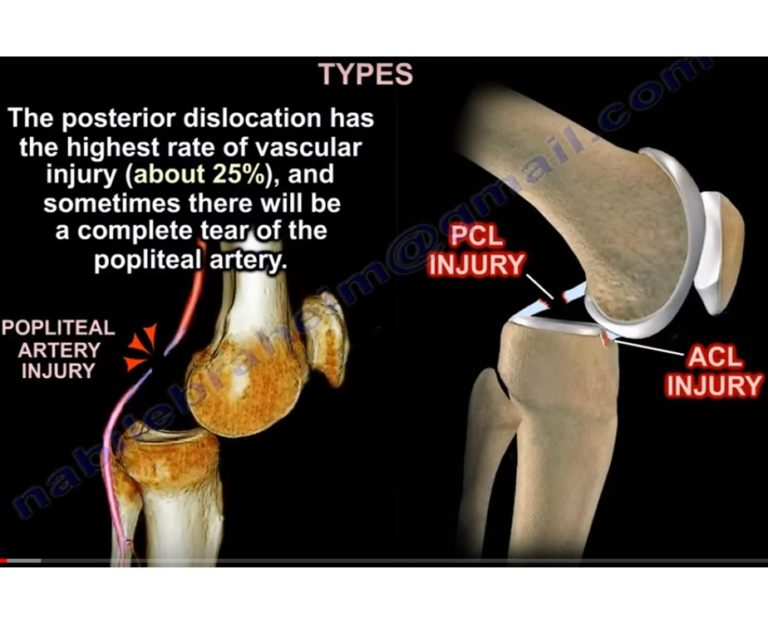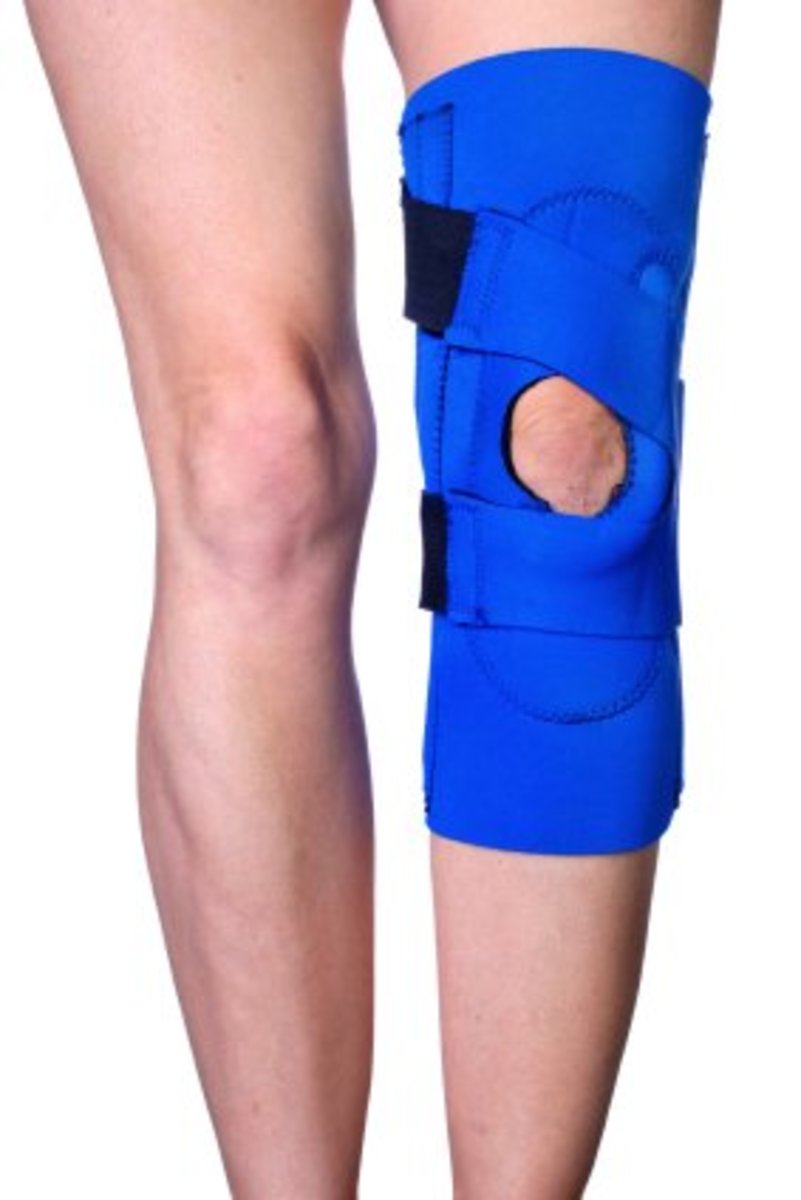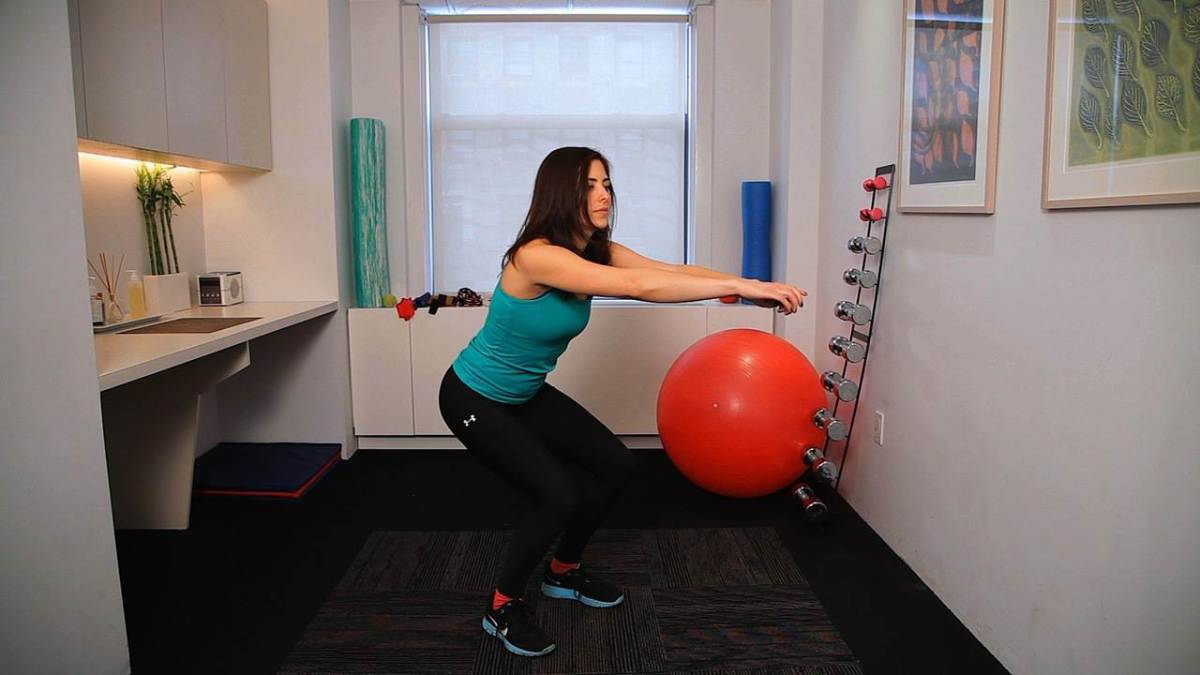Ever felt your kneecap suddenly decide to go on an unscheduled vacation, leaving you in a world of pain and instability? Yeah, not fun. That’s a kneecap dislocation (also known as patellar dislocation), and it’s something you definitely want to avoid. This comprehensive guide will delve into everything you need to know about how to prevent knee cap dislocation, from understanding the causes and risk factors to practical exercises and lifestyle changes.
What is a Dislocated Knee Cap? Understanding the Mechanics
Let’s get down to the nitty-gritty of what a dislocated kneecap actually is. Your kneecap, or patella, isn’t just a random bone floating around. It’s a vital part of your knee joint, sitting in a groove at the end of your thighbone (femur) and connected to your shinbone (tibia) by ligaments and tendons. Think of it as a well-behaved train on its track, smoothly gliding up and down as you bend and straighten your leg.
A kneecap dislocation happens when this “train” jumps the track, usually shifting laterally (to the outside of your leg). This can be a partial dislocation (subluxation), where the kneecap partially comes out of the groove, or a complete dislocation, where it pops entirely out. Imagine trying to bend your knee with your kneecap awkwardly hanging out to the side – ouch!
Common Symptoms of a Dislocated Kneecap:
- Intense pain: This isn’t a gentle nudge; it’s a sharp, searing pain in the front of your knee.
- Visible deformity: Your kneecap might look out of place, visibly shifted to the side.
- Swelling: Inflammation around the knee joint is a common response.
- Instability: Your knee will likely feel wobbly and unstable, making it difficult to bear weight.
- Popping or snapping sensation: You might hear or feel a pop or snap when the dislocation occurs.
Imagine the image below. The kneecap, normally sitting snugly in its groove, has been forced out of place.
Understanding the mechanics of a kneecap dislocation is the first step in learning how to prevent knee cap dislocation. Knowing how it happens helps us understand what we need to protect.
Are You at Risk? Identifying Factors for Knee Cap Dislocation
Now, let’s talk about who’s more likely to experience this knee-knocking nightmare. While anyone can dislocate their kneecap, certain factors can increase your risk. Think of it like this: some people are born with a sports car, while others are driving a slightly less agile vehicle. Both can get you where you need to go, but the sports car might be a little more prone to a spinout if you take a corner too fast.
Anatomical Factors: These are the “factory settings” you’re born with.
- Shallow femoral groove (trochlear dysplasia): This is like having a shallow groove for your kneecap to sit in. It’s easier for it to slip out.
- Increased Q-angle: This angle is formed by the alignment of your thighbone, kneecap, and shinbone. A larger Q-angle can put more stress on the kneecap.
- Patella alta (high-riding kneecap): A kneecap that sits higher than normal can be more prone to dislocation.
- Ligament laxity (especially the medial patellofemoral ligament – MPFL): Ligaments are the tough tissues that hold bones together. Lax ligaments are looser, making it easier for the kneecap to move out of place.
Previous Injury: History tends to repeat itself, especially when it comes to knees.
- History of previous kneecap dislocation: Once your kneecap has dislocated, it’s more likely to happen again. It’s like a worn-out track on that train we talked about earlier.
- Other knee injuries (ACL tear, meniscus tear): These injuries can weaken the knee joint and increase the risk of kneecap dislocation.
Other Risk Factors:
- Gender: Females are more prone to kneecap dislocations due to anatomical differences, including a wider pelvis which affects the Q-angle.
- Age: Adolescents and young adults are more susceptible, possibly due to growth spurts and increased participation in sports.
- Certain Sports: High-impact sports or those involving twisting motions (e.g., basketball, soccer, gymnastics) put your knees at greater risk. Think quick changes in direction and lots of pivoting.
- Obesity: Excess weight puts added stress on your knees, making them more vulnerable.
Understanding these risk factors is crucial for knee cap dislocation prevention. If you identify with several of these, it’s a good idea to be extra vigilant and take proactive steps to protect your knees.

Proactive Steps: How To Prevent Knee Cap Dislocation
Alright, now for the good stuff! You know the risks, so let’s talk about how to prevent knee cap dislocation. This is where you take control of your knee health and become the master of your own mobility. Think of it as building a strong fortress around your knees, protecting them from potential invaders.
1. Building a Strong Foundation: Exercises to Prevent Knee Cap Dislocation
Strong muscles are your knees’ best friends. They act like a supportive cast, keeping everything in place. Focus on strengthening the muscles around your knee, especially the quadriceps (the muscles in the front of your thigh), and particularly the vastus medialis oblique (VMO), a small but mighty muscle that plays a key role in kneecap stability.
Exercises to consider:
- Straight Leg Raises: Lie on your back with one knee bent and the other leg straight. Lift the straight leg about 12 inches off the ground, hold for a few seconds, and slowly lower it. This targets the quads.
- Squats (Proper Form is Crucial!): Stand with your feet shoulder-width apart, and lower your hips as if you’re sitting in a chair. Keep your back straight and your knees in line with your toes. Start with shallow squats and gradually increase the depth as you get stronger. Important Note: Incorrect squat form can actually increase your risk of knee problems, so watch videos and maybe even consult with a trainer to ensure you’re doing it correctly.
- Lunges: Step forward with one leg and lower your body until both knees are bent at a 90-degree angle. Keep your front knee behind your toes. Lunges are great for strengthening the quads and glutes.
- Hamstring Curls: Use a resistance band or weight machine to curl your heels towards your buttocks. This strengthens the hamstrings, which are important for overall knee stability.
Pro Tip: Don’t just jump into these exercises like a bull in a china shop! Start slowly and gradually increase the intensity and repetitions as you get stronger. Listen to your body, and don’t push through pain.
2. Flexibility is Key: Stretching to Prevent Knee Cap Dislocation
Flexibility is just as important as strength. Tight muscles can pull on your kneecap and increase the risk of dislocation. Regular stretching helps keep your muscles loose and pliable.
Stretches to consider:
- Quadriceps Stretch: Stand tall and grab your foot behind you, pulling it towards your buttock. Hold for 20-30 seconds.
- Hamstring Stretch: Sit with your legs straight out in front of you and reach towards your toes. Hold for 20-30 seconds. (If you can’t reach your toes, don’t strain! Just reach as far as you comfortably can).
- Calf Stretch: Place one foot behind the other, with your front knee slightly bent and your back leg straight. Lean forward, feeling the stretch in your calf. Hold for 20-30 seconds.
3. Preparing Your Body: Warm-up and Cool-down for Knee Health
Think of your muscles like a car engine. You wouldn’t rev a cold engine to redline, would you? The same goes for your muscles. Warming up prepares them for activity, reducing the risk of injury. Cooling down helps them recover.
- Warm-up: Start with 5-10 minutes of light cardio, such as jogging or jumping jacks, followed by dynamic stretches like leg swings and arm circles.
- Cool-down: After your workout, do some static stretches, holding each stretch for 20-30 seconds.
4. Support from the Ground Up: Footwear Choices for Knee Stability
Your shoes are the foundation of your movement. Choosing the right footwear can make a big difference in knee stability.
- Look for shoes that provide good arch support and ankle stability.
- Consider shoes designed for your specific sport or activity.
- If you have flat feet or other foot problems, talk to your doctor about orthotics.
5. Lightening the Load: The Impact of Weight on Knee Health
Every extra pound you carry puts added stress on your knees. Maintaining a healthy weight is one of the best things you can do for your knee health.
6. Added Support: When to Consider Knee Braces
Knee braces can provide extra support and stability, especially if you’ve had a previous knee injury. Talk to your doctor or physical therapist to see if a knee brace is right for you.
7. Play it Safe: Sports Techniques to Protect Your Knees
Proper technique is essential for preventing injuries, especially in sports. Learn the correct way to perform movements like pivoting, jumping, and landing. Consider working with a coach or trainer to improve your technique.
8. Smart Choices: Avoiding Activities that Increase Risk
While staying active is important, it’s also important to be smart about the activities you choose. Avoid activities that put excessive stress on your knees, especially if you have a history of knee problems.
By incorporating these strategies into your life, you can significantly reduce your risk of kneecap dislocation and keep your knees happy and healthy for years to come.

Seeking Professional Help: When to See a Doctor for Knee Issues
Even with the best prevention strategies, sometimes things happen. Knowing when to see a doctor is crucial for proper diagnosis and treatment. Don’t try to be a hero and tough it out, especially when it comes to your knees. They’re too important to ignore.
See a doctor immediately if you experience any of the following:
- Suspected kneecap dislocation: If your kneecap looks out of place and you’re experiencing severe pain, seek medical attention immediately. Don’t try to pop it back in yourself! That’s a job for a medical professional.
- Persistent knee pain or instability: If you have ongoing knee pain or your knee feels unstable, even after rest, it’s time to see a doctor. Don’t let it become a chronic problem.
- Recurring dislocations: If your kneecap dislocates repeatedly, it indicates an underlying issue that needs to be addressed. This isn’t something you should just live with.
- Difficulty bearing weight on the affected leg: If you can’t put weight on your leg without significant pain, see a doctor as soon as possible.
- Swelling or deformity in the knee joint: Swelling and deformity are signs of injury and should be evaluated by a medical professional.
Ignoring these symptoms can lead to further damage and complications, so don’t delay seeking help. Early intervention is key to a successful recovery.
What to Expect: Treatment for a Dislocated Knee Cap
So, you’ve seen the doctor, and it turns out you have a dislocated kneecap. What happens next? The treatment will depend on the severity of the dislocation and any other injuries you might have sustained.
Typical treatment often involves:
- Reduction: This is where the doctor manually puts your kneecap back into its proper position. It can be quite painful, so pain medication or sedation might be used.
- Immobilization: After the reduction, your knee will likely be immobilized in a brace or cast for several weeks to allow the ligaments and tissues to heal.
- Physical therapy: Once the initial healing phase is over, you’ll start physical therapy to regain strength, flexibility, and range of motion in your knee.
In some cases, surgery might be necessary:
- If you have significant ligament damage, such as a torn MPFL, surgery might be required to repair the ligament and stabilize the kneecap.
- Surgery might also be recommended if you have recurrent dislocations or other anatomical issues that make you prone to dislocations.
Road to Recovery: Rehabilitation After a Knee Cap Dislocation
Recovery from a kneecap dislocation takes time and dedication. It’s not a sprint; it’s a marathon. The most important thing is to follow your doctor’s and physical therapist’s instructions carefully.
Rehabilitation typically involves:
- Gradual return to activity: You’ll start with gentle exercises and gradually progress to more challenging activities as your knee gets stronger.
- Strengthening and stretching exercises: These exercises will help you regain strength, flexibility, and range of motion in your knee.
- Balance and proprioception training: This training will help you improve your balance and coordination, which is important for preventing future dislocations.
Be patient and persistent with your rehabilitation. It’s crucial to complete the full course of physical therapy to ensure a complete recovery and minimize the risk of re-injury.
Staying Active and Pain-Free: Long-Term Knee Health
Preventing kneecap dislocation is an ongoing process, not a one-time fix. By incorporating the strategies we’ve discussed into your lifestyle, you can keep your knees healthy and active for the long haul.
- Strengthen the muscles around your knee, especially the VMO.
- Maintain flexibility through regular stretching.
- Warm up before exercise and cool down afterward.
- Choose supportive footwear.
- Maintain a healthy weight.
- Learn proper sports techniques.
- Be smart about the activities you choose.
- See a doctor if you experience any knee problems.
Remember, your knees are essential for your mobility and quality of life. Take care of them, and they’ll take care of you. Don’t let a kneecap dislocation sideline you from the activities you love. By being proactive and informed, you can keep your knees strong, stable, and ready for anything life throws your way (except maybe a rogue shopping cart – those things are dangerous!).
Leave a Reply